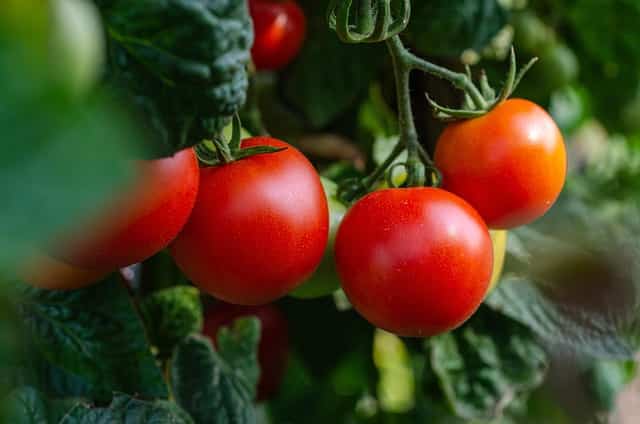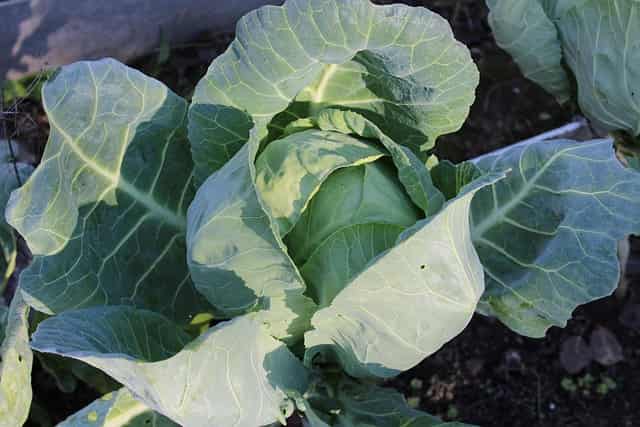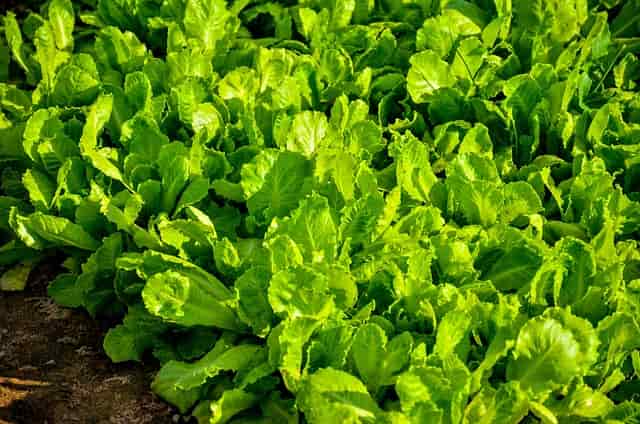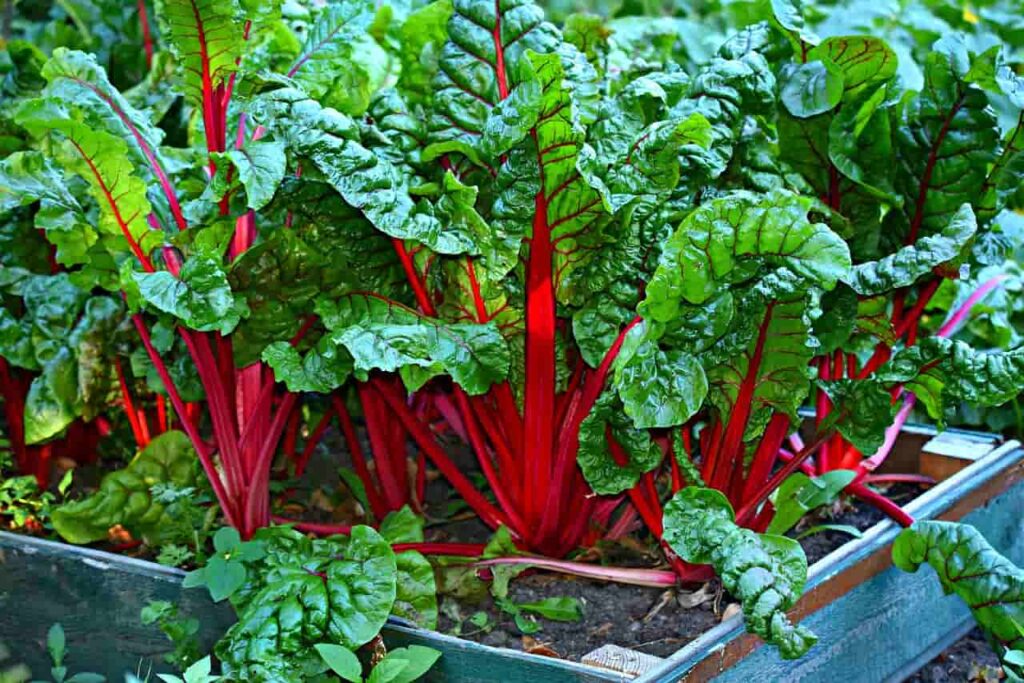Have you ever heard the term “organic garden?” There’s something breathtaking and thrilling about just walking into your own backyard, pulling fresh vegetables like tomatoes off their vines, and having a bite. The gush of taste, the rich scent – there’s really nothing from any grocery that can compare to this feeling.
If you have ever imagined cultivating your own fresh food but deemed it overwhelming by where and how to begin, you’ve landed in the perfect site.
Organic gardening is not simply about cultivating food, but about developing a healthier lifestyle. It also involves connecting with our mother nature in a manner that’s greatly fulfilling and gratifying.
In this guide, we will take you through everything you require to start your organic garden at home. It doesn’t matter whether you’ve got a small balcony or a capacious backyard.
What is an Organic Garden?
An organic garden can be described as a space where vegetables, fruits, and other plants are cultivated without the use of chemicals, pesticides, herbicides, or genetically modified organisms (GMOs).
Rather, this type of garden relies on natural methods to enrich the soil, manage pests, and promote plant growth.
It does not only offer healthier food but also protects our environment and fosters biodiversity. By applying crop rotation, beneficial insects, and compost, an organic garden builds a sustainable ecosystem that operates harmoniously with nature.
Identifying the right site for your organic garden
A good garden always starts with a meticulous plan. Thus, the first step is choosing the perfect location. Not all spots are equal as regards gardening, and choosing the perfect location can make a big impact on how well your crops or plants will do.
Sunlight
Sunlight is important and most herbs and vegetables require at least 6 to 8 hours of direct sunlight every day to have a proper growth. If your site does not get sufficient sunlight, your plants can become very weak, producing reduced vegetables and fruits.
Therefore, take a look at your site at various times of the day to identify which location receives the most regular and constant sunlight.
Drainage
Drainage also plays a vital role since the soil that holds excess water can bring about root rot, as well as other fungal infections, eventually killing and destroying your plants. Hence, choose a location where water does not collect after rainfall.
Also, if your soil does not drain well, think about constructing raised beds or introducing organic materials such as sand and compost to enhance drainage.
Convenience and accessibility
Take convenience and accessibility seriously because a garden that is easily accessible can be easily maintained. Preferably, place your garden near a kitchen where you can easily pick vegetables and herbs when cooking.
Again, water accessibility is vital as you will not have to ferry heavy watering containers for long distances. When you place your garden in the right location, you’ll be able to carry out regular monitoring and care, resulting in increased productivity.
Preparing the Soil for Organic Gardening
Many stakeholders believe that healthy soil is the basis or foundation of a prosperous organic garden. Different from conventional gardening that heavily depends on synthetic herbicides, insecticides, and fertilizers, organic gardening mainly aims at creating and maintaining nutrient-rich soil via natural processes.
Soil testing
Before you do planting, it is important to be aware of your soil’s nutrient content and pH level. You can use a simple soil testing kit to find out if your soil is too alkaline or acidic. Most vegetables do well in slightly acidic to neutral soil (i.e. pH 6.0-7.0).
If your soil pH is too high or low, adjustments like sulfur or lime can be used to balance it.
Enrichment with organic matter
Again, compost has been described as the lifeblood of an organic garden. This is mainly because compost enhances soil structure, and moisture retention, and offers the essential nutrients to your plants.
One can make his/her own compost from kitchen wastes such as eggshells, coffee grounds, fruit peels, and yard waste like dried leaves and grass clippings. You should regularly add compost to your organic garden to keep it fertile and healthy.
Avoid synthetic fertilizers
Rather than chemical fertilizers, you can use organic soil adjustments like compost manure, seaweed extracts, and bone meal.
These natural manure release nutrients gradually and foster beneficial microbial activity, resulting in long-term soil fertility, as well as plant growth.
Choosing the right plants for your organic garden
Selecting the right plants is vital, particularly for starters. Again, it’s important to understand that some plants are easier to cultivate as compared to others and need less maintenance.
You can commence with beginner-friendly plants. For instance, leafy greens such as kale, spinach, and lettuce grow fast and can be harvested many times. Again, herbs like mint, rosemary, and basil are hardy and need minimal attention while offering fresh options for your plate.
Cucumbers, tomatoes, and peppers are rewarding options since they produce abundantly, besides being well-suited for most home gardens.
Moreover, root vegetables such as beets, radishes, and carrots do well in tiny spaces and can be easily cultivated by many people.

Fig. 1: Tomatoes (Pixabay)
Go for organic and heirloom seeds
As regards seeds, you should go for certified organic or heirloom types. This is because organic seeds do not contain chemicals while heirloom seeds usually preserve biodiversity and have superior taste.
Try as much as possible to avoid genetically modified (GMO) seeds since they don’t align with the principles of organic gardening.
Organic Gardening Techniques and Methods
Organic gardening mainly entails employing smart, sustainable methods and techniques to promote plant health, as well as productivity.
Companion planting
Certain plants do thrive when cultivated together, while some can inhibit each other’s growth. When it comes to companion planting, it entails strategically planting together plants which benefit each other.
For instance, basil improves the taste of tomatoes while also repelling insects. Secondly, marigolds usually deter pests such as nematodes and aphids, making them ideal companions for plants.
Crop rotation
You should remember that cultivating the same plant in a particular site every year depletes your soil, increasing the risk of diseases and pests.
Thus, you should rotate your plants every season to enhance soil health and avert various infestations.
For instance, you can follow nitrogen-fixing crops such as beans with heavy feeders such as tomatoes; this helps to balance soil nutrients, ultimately increasing productivity.
Mulching
Mulching has been found to be one of the best ways to suppress weeds, conserve moisture, and increase the soil’s richness.
Organic mulches such as grass clippings, wood chips, or straw decompose after some time, increasing nutrients in the soil, besides maintaining moisture and cooling.
Natural Pest Control and Disease Prevention
Another major principle of organic gardening is keeping diseases and pests at bay without using chemicals. Fortunately, nature has many solutions.
Use beneficial insects
Praying mantises, lacewings, and ladybugs eat common pests such as caterpillars and aphids. You can plant flowers like dill, sunflowers, and lavender to attract these helpful insects and create a natural system of pest control.
Apply homemade sprays
You can make simple DIY sprays from water, neem oil, and some drops of soap to control pests such as spider mites, whiteflies, and aphids.
Again, chili and garlic sprays have been found to be effective in repelling different pests.
Keep your plants healthy
Since stressed plants are usually more vulnerable to diseases, you can do proper spacing and sufficient watering to help your crops develop strong immune systems.
This limits their susceptibility to diseases and pests.
Watering and Maintaining Your Organic Garden
Proper watering is important for plant health; however, too little or too much can bring about serious problems.
You should water deeply and less frequently rather than shallow watering; water your soil deeply two to three times per week.
This fosters deeper root development, making your crops more drought-resistant.
Again, morning watering is recommended as it allows your crops to absorb moisture before it becomes too hot. Also, morning watering helps in preventing fungal infections since leaves dry quickly.
Apply rainwater if you can; collecting rainwater is one of the eco-friendly methods to water your organic garden. Besides, rainwater is free of chemicals such as fluoride and chemicals, making it perfect for your plants.
Harvesting and Storing Your Organic Produce
Aim to harvest at the right time as it guarantees the best nutritional value and flavor. For instance, you should pluck your vegetables at their peak ripeness.
Again, regular harvesting will encourage continuous production. For instance, picking zucchinis and cucumbers before they become too large keeps these plants productive.
As regards proper storage, leafy greens often remain fresh longer when they are wrapped in wet paper towels and put in breathable bags.
On the other hand, root vegetables such as potatoes and carrots should be kept in a dark, cool place.

Fig. 2: Vegetables (Pixabay)
Common Mistakes to Avoid in Organic Gardening
It’s important to note that even seasoned gardeners can make mistakes when it comes to organic gardening. Some of the few pitfalls you should avoid include:
Overwatering
Excess water can result in fungal infections and root rot. You should always observe soil moisture before irrigating your plants.
Less spacing
Crowded crops will compete for airflow and nutrients, making them more susceptible to infections.
Disregarding soil health
Remember that poor soil conditions can lead to weak plants and reduced yields. Thus, constantly enrich your soil with organic matter and compost to maintain its fertility.
Conclusion
Starting your organic garden is one of the most fulfilling and rewarding activities you can undertake for your health and the environment.
While it needs dedication and patience, the benefits – fresh food, a sustainable lifestyle, and a strong connection with nature – are worth your effort.
When you follow the discussed steps and avoid the mentioned mistakes, you will soon start enjoying a flourishing organic garden filled with chemical-free yields.
Therefore, pick your gardening equipment, plant your seeds, and commence this fulfilling endeavor.
Let me know in the comments below if you have a personal garden or your progress!


